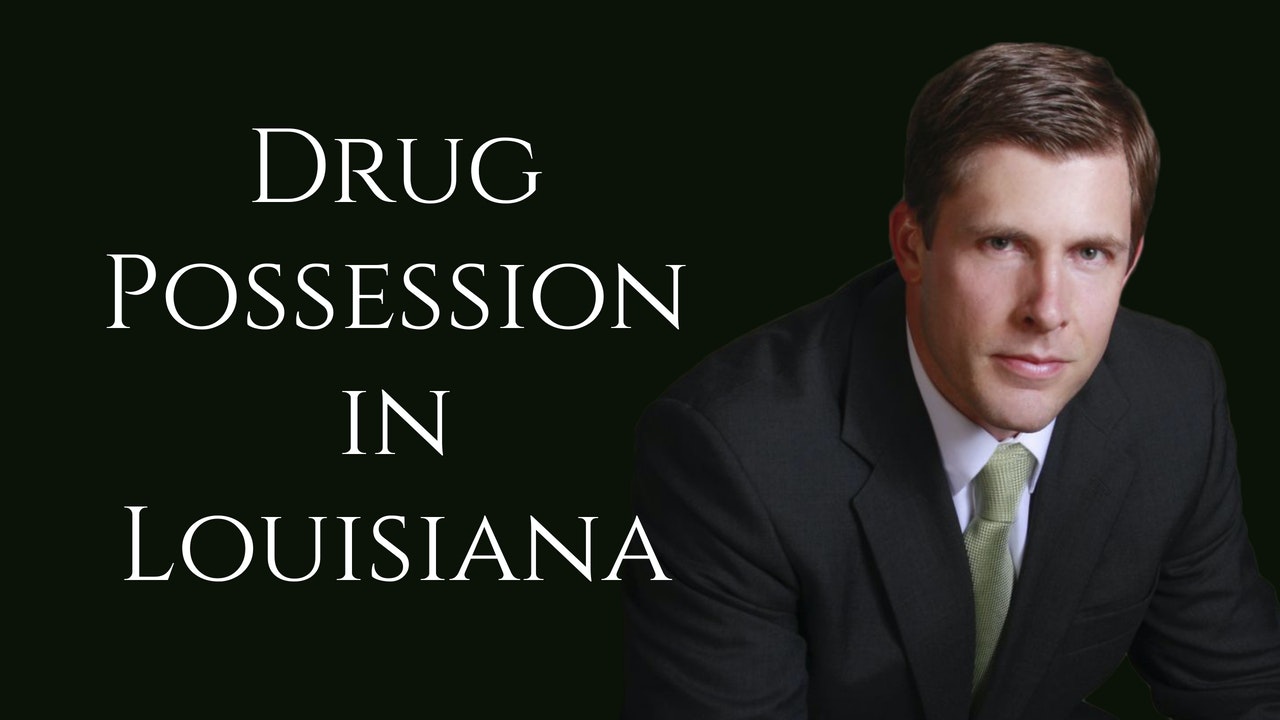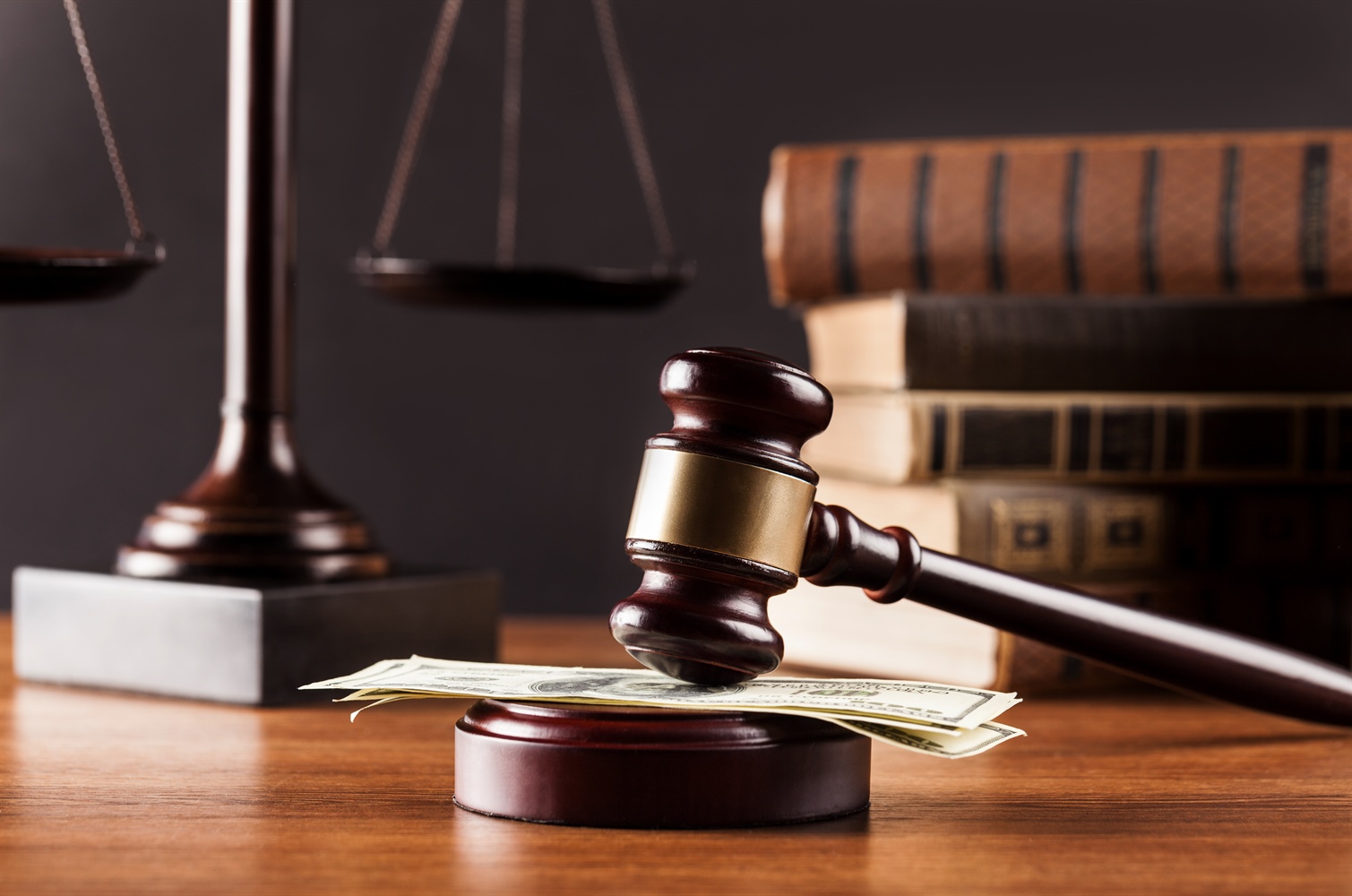Ownership of any amount of illicit drugs, such as heroin, cocaine, methamphetamine, LSD, “team” drugs like ecstasy, and occasionally marijuana, remains against the law in almost all US places, counties, and claims. Additionally it is considered a federal government crime. Laws fluctuate in each jurisdiction, but with regards to the amount of the medication within one’s ownership and just how many times a person has been found guilty of the offense, it could land a person in jail for life.
Penalties for medication possession increased drastically following a implementation of the Warfare on Drugs in 1971 by Leader Nixon accompanied by an interval of spiking medication use and visibility in the 1960s. The regulations began by Nixon were greatly widened in the 1980s by Leader Reagan. Zero-tolerance regulations and three-strike regulations flourished under this supervision, leading to the amount of folks incarcerated for nonviolent medicine offences in go from 50,000 in 1980 to 400,000 in 1997.

Lately, people have began to check out drugs in another way. Experts on medication dependency have broadly pronounced the challenge to be one of mental disease, not really a weakness of figure or some innate unlawful quality. It’s been discovered that over time, medicine use has only increased under regulations that give attention to abuse and incarceration alternatively than treatment and treatment. As ethnic views on medicine use move, use and ownership of certain drugs are slowly but surely starting to be decriminalized – specifically pot – and medicine possession laws have become somewhat less draconian. Visit: Louisiana drug laws for more details
Not surprisingly, it’s very very important to an individual experiencing an habit disorder relating an illicit medicine to become acquainted with local drug ownership regulations, as even ownership of an extremely bit can land a person in prison. Dependency isn’t always considered during sentencing, and halting all absorption of a medicine simultaneously can be dangerous.
The Types of Medicine Possession
Not all medication possession is identified just as. Fines for the criminal offense can rely upon many factors, including how a lot of the medicine a person possessed and which kind of medication it was. Ownership of prescription medications is also against the law if the individual possessing them doesn’t have a valid prescription from a qualified medical professional. Fines for this kind of ownership have increased over modern times scheduled to a distinct spike in illegitimate prescription medication use. The 2011 Country wide Survey on Medicine Use and Health discovered that 52 million People in america older than 12 have involved in nonmedical medication use at least one time in their lifetimes.
Illicit and prescription medications are federally grouped in america to maintain one of five categories called Schedules define how likely they should be abused and if they have any utilization in medical practice.
Timetable I: The drugs in this category are believed to haven’t any medical use and also have a high prospect of abuse. This consists of heroin, GHB, LSD, and pot. The US Medicine Enforcement Supervision (DEA) happens to be considering whether to downgrade pot anticipated to increasing proof its medical applications.
Schedule II: They are drugs with a higher potential for maltreatment and dependency that contain some accepted medical uses. They include cocaine, methamphetamine, opium, and highly manipulated prescription drugs like morphine and oxycodone.
Timetable III: These drugs have a lesser potential for misuse and might not exactly be in physical form addictive while also developing a wider selection of medical program. Drugs in this category include anabolic steroids, ketamine, Vicodin, and certain products made up of codeine.
Timetable IV: This category is made up of mostly prescription drugs which have a minimal potential for maltreatment but may become bodily and psychologically addictive if abused. They include Xanax, Klonopin, Valium, and Ativan.
Schedule V: They are medications that contain a low prospect of abuse. The chemicals in this category are generally medications which contain smaller amounts of narcotics like codeine.
